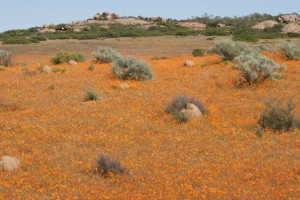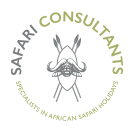Not too many visitors venture to South Africa’s Cape region during the middle of winter, but for nature lovers, it’s a brilliant time to experience two widely contrasting events.
The Southern Right whales come up from the Antarctic to calve in the ‘sheltered’ coves of the southern African shoreline. Arriving around June, they’ll stay in these apparent ‘tranquil’ waters until late October/November, when they disappear once more to their feeding grounds in the Southern Ocean. Females will arrive weighing some 60 tonnes (the largest measured was almost twice that size), and after a years gestation, will give birth to a calf weighing roughly 1 tonne. Reports suggest the calves require around 600 litres of milk a day, and are weaned after about a year. Hermanus, some two hours drive east of Cape Town is said to offer the finest ‘land-based’ whales watching in the world, and it would be difficult to argue against. There is an excellent coastal footpath along Walker Bay, and whales are often sighted within metres of the old harbour jetty near the town centre. Offshore whale-watching can be combined with excursions to see great white sharks and some of the huge seal colonies.
To complement the whales, another spectacular sight also occurs for 6 weeks in August/September with the flowering of the most diverse floral kingdom in the world – the fynbos kingdom. As temperatures rise, a multitude of fynbos and succulent Karoo species burst into life providing a colour spectacle quite difficult to comprehend. From the Cape coastal belt in the south to the northern, usually arid, lands of the north-west, carpets of daisies, Erica’s, pelagoniums etc. can be seen blanketing the rocky terrain.
also occurs for 6 weeks in August/September with the flowering of the most diverse floral kingdom in the world – the fynbos kingdom. As temperatures rise, a multitude of fynbos and succulent Karoo species burst into life providing a colour spectacle quite difficult to comprehend. From the Cape coastal belt in the south to the northern, usually arid, lands of the north-west, carpets of daisies, Erica’s, pelagoniums etc. can be seen blanketing the rocky terrain.
For anyone interested in nature, August and September offer a unique opportunity to view these natural phenomena, in addition to Africa’s more common wildlife – Contact Us to discuss your plans.
